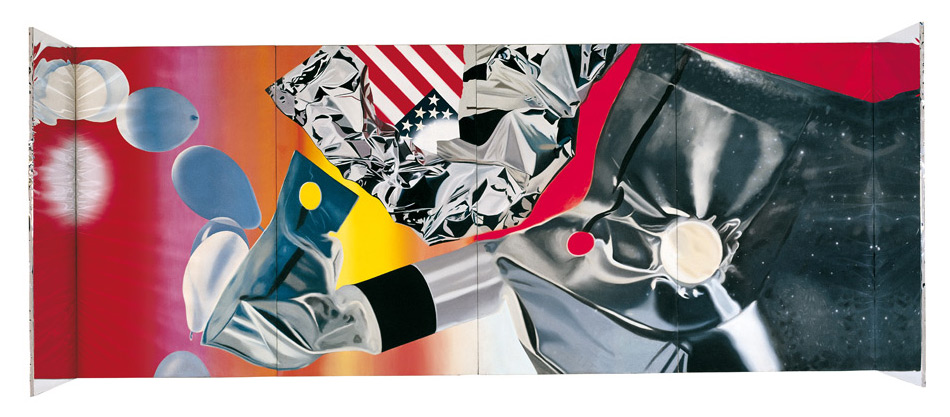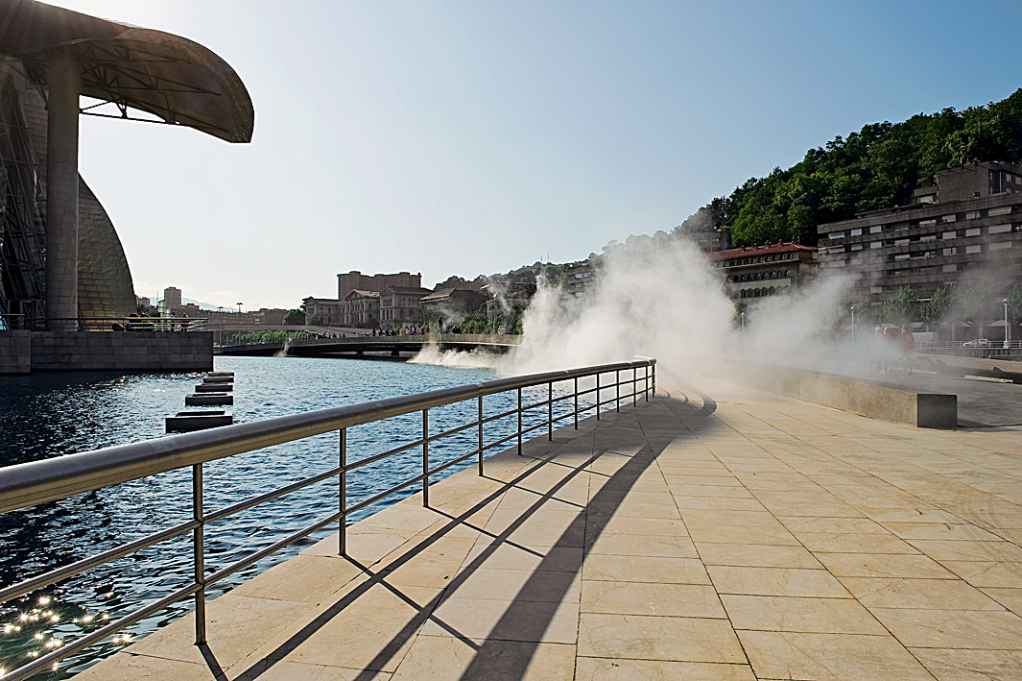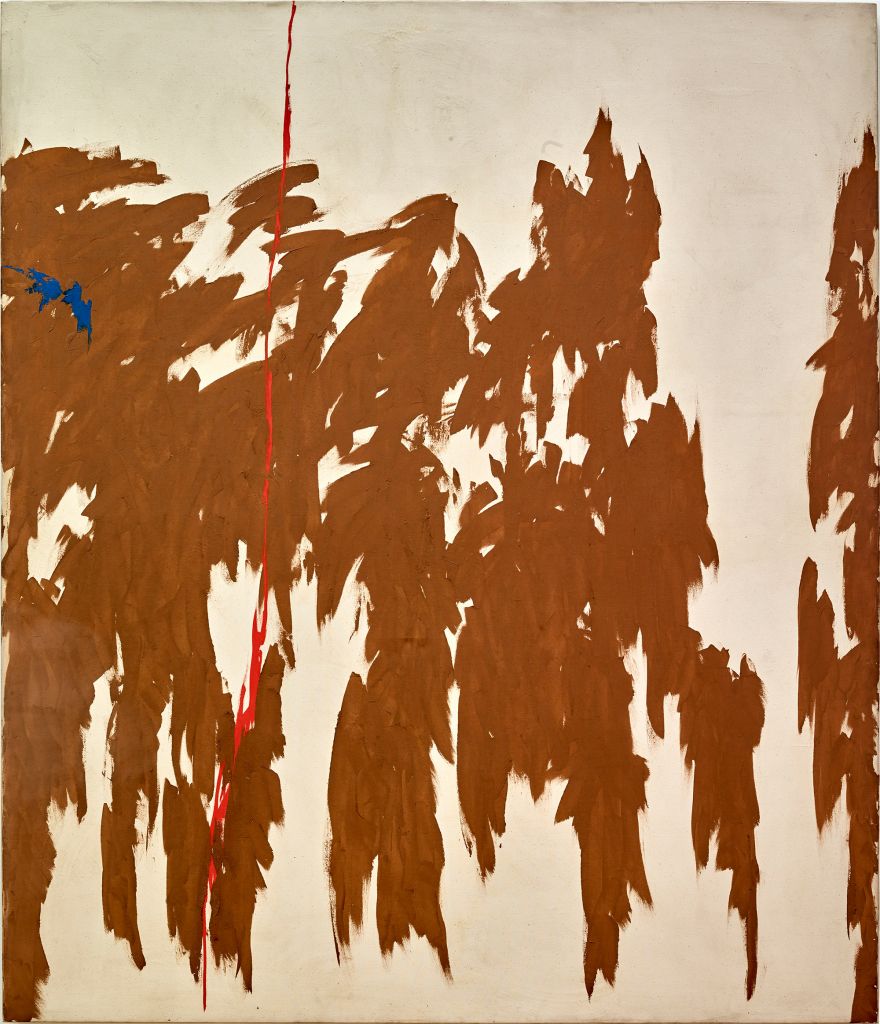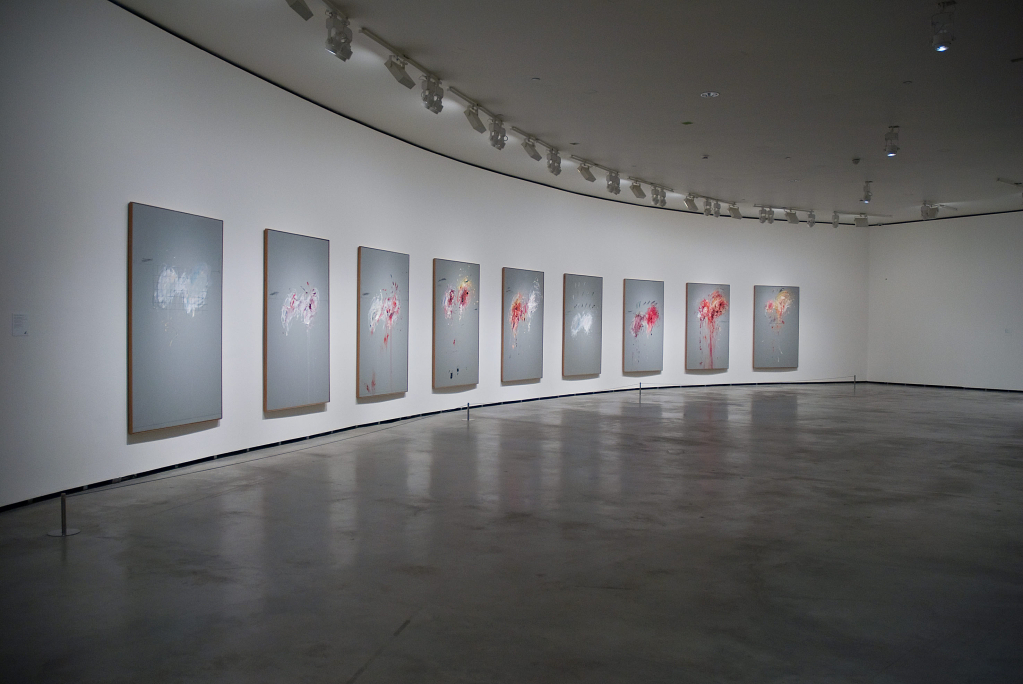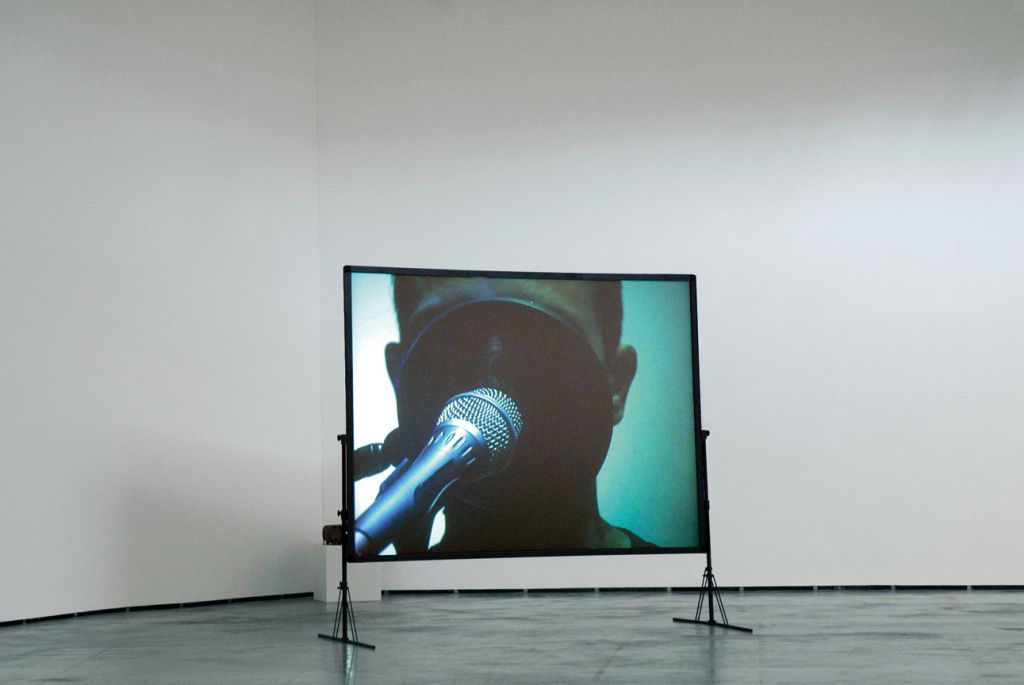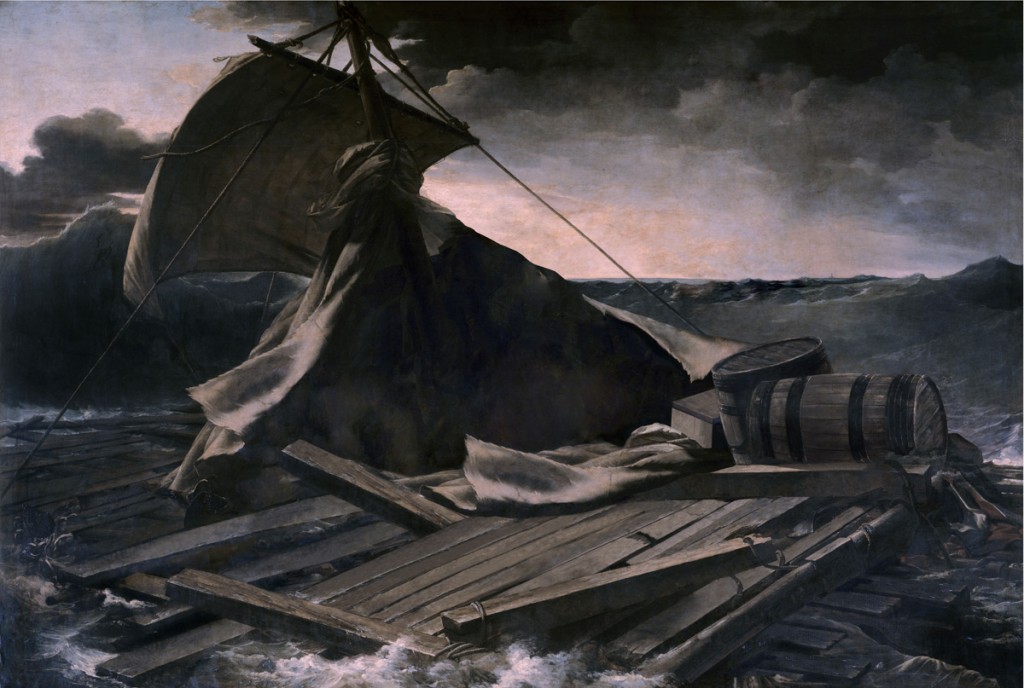Too Late for Goya
1993Video, sound, figure sculpted in fiberglass, television monitor, digital sound box, and reproduction of an engraving by GoyaOverall dimensions variable
The Catalan American artist Francesc Torres is internationally recognized for multimedia installations that respond to the ideological, economic, and political forces that shape our world. Utilizing a range of means—from video and photography, to artist's books and audio works, to provocative arrangements of found and fabricated sculptural elements—his conceptually based practice critiques specific historical events and illuminates cycles of social upheaval. While his works from the 1980s and 1990s can be compared to those by other media-installation artists such as Gary Hill, Nam June Paik, and Bill Viola, in their debt to the formal proclivities inherent to performance and Conceptual and Process art, Torres has distinguished himself by composing representations of historical events that acknowledge his desire for change despite the fragile or fluctuating position of the viewer. His installations are laboratories for ideas, sites for reflection and inquiry, and environments in which to challenge the assumptions of what we call normal or neutral within the political and psychological states that we occupy.
Too Late for Goya marks a crucial point in Torres's career, in its epic breadth and spectacular scale and visual impact. The installation comprises video projections of six pieces of historical news footage, representing what Torres feels are the six most important political events of the twentieth century: the Russian Revolution (1917), Hitler's rise to power (1933), the Yalta Conference (1945), the creation of the state of Israel (1948), the process of decolonization exemplified by Algeria's war of independence (1963), and Gorbachev's rise to power (1985). For each of these events, six seconds of the original material are played in slow motion over the course of half an hour—first forwards and then backwards—so that the images appear nearly static. Facing these six projections is a realistic sculpture of a chimpanzee perched in a turning steel chair; in Torres's description, this "lucky relative" of humans, with his "innocent gaze," observes "the fading traces of events which, like seismic movements, have dragged about innumerable human beings, destroyed cities, razed mountains, moved boundaries, and created and erased beliefs."[1] In a corner of the room, a television is turned to the news station CNN, playing news stories from the present. Finally, the installation includes Goya's print To Rise and Fall, from Los Caprichos (1797–99), in which, according to Goya's accompanying caption, "Fortune maltreats those who court her. Efforts to rise she rewards with hot air. Those who have risen she punishes by downfall" ("La fortuna trata muy mal à quien la osequia. Paga con humo la fatiga de subir y al que ha subido le castiga con precipitarle").
By envisioning the history of world events as projected moving images, Torres acknowledges the power of the cinematic. And by placing a cinematic history of the twentieth century in dialogue with a Goya print, he connects the past with the present reality of human struggle and pain. As if to acknowledge his own connection to history, the artist has inserted a video image of himself in the Yalta footage. Like the great representational painters who included themselves in group portraits and battle scenes, Torres presents himself as a self-reflective figure in the midst of the event that was to change Europe and the landscape in which he grew up.
Note:
1. Francesc Torres, "The History Book of Persistent Forgetfulness (Handwritten Notes at Page Margin)," in Marilyn Zeitlin, ed., Too Late for Goya: Works by Francesc Torres (Tempe: Arizona State University Art Museum, 1993), pp. 74–77.
Source:
John G. Hanhardt. "Francesc Torres." In Guggenheim Museum Bilbao Collection. Bilbao: Guggenheim Museum Bilbao; Madrid: TF Editores, 2009.
Original title
Too Late for Goya
Date
1993
Medium/Materials
Video, sound, figure sculpted in fiberglass, television monitor, digital sound box, and reproduction of an engraving by Goya
Dimensions
Overall dimensions variable
Credit line
Guggenheim Bilbao Museoa

